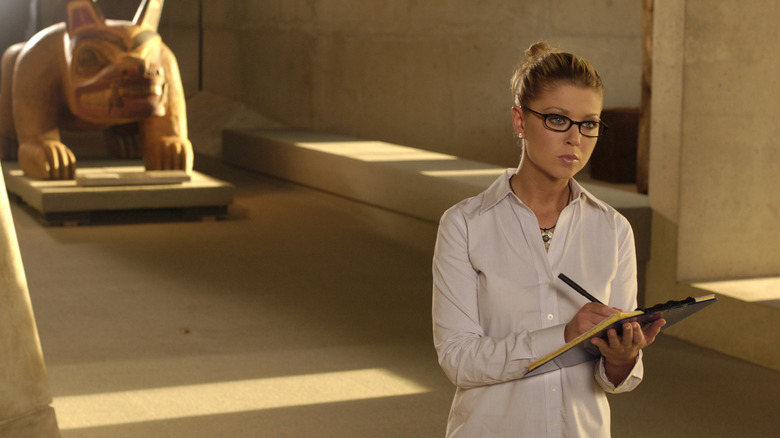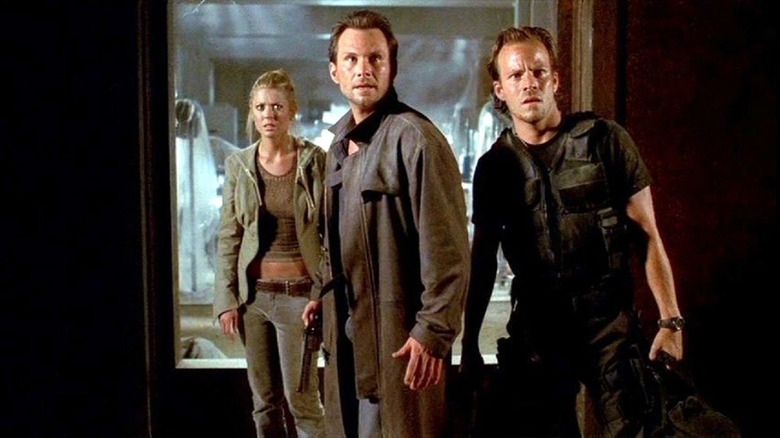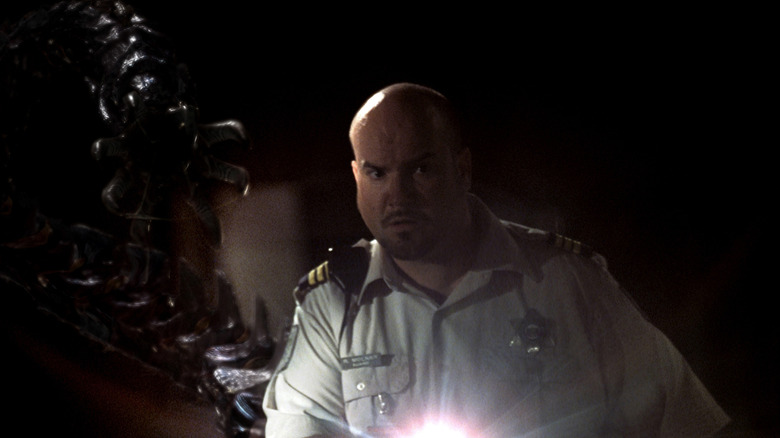For many years, the records for films based on video games have been Paul WS Anderson’s 1995 fighting film, “Mortal Kombat” and his 2002 zombie film “Resident Evil.” One can see what a sorry state we would be in if these two mediocre films were the culmination of anything. Adapting video games to the big screen has long been tricky for Hollywood. These films are often called terrible and generally bombed (“Kombat” and “Resident” notwithstanding). Alternatively, Rocky Morton and Annabel Jankel’s 1993 adaptation of “Super Mario Bros.” is deeply loved by a passionate cult of weirdos who love its wacky ideas (a cult I belong to), but most people didn’t like how far the film strayed from Shigeru Miyamoto’s Nintendo property.
There are many reasons why it’s difficult to adapt video games into good films. On the one hand, most video games are based on action and interactivity, while films are passive and character-driven; the two media do not overlap perfectly. Many video games also draw inspiration from existing B-movies anyway, so adapting them for film is like making a copy of a copy. (How would a “Metroid” movie, for example, be terribly different from Ridley Scott’s “Alien?”) On top of that, many modern video games have become so complex that their stories and premises no longer lend themselves to for practical use. minute movie packages. (As a result, the “Halo” movie was ultimately scrapped in favor of a television series.)
Some recent films, however, go against the trend. “The Super Mario Bros. Movie.” was a huge box office hit, “Werewolves Within” is really good and kids seem to love these “Sonic the Hedgehog” movies. Hell, even the mediocre “Five Nights at Freddy’s” attracted a large audience.
But the mid-2000s were a very different time. It was the era of “Doom,” the “Resident Evil” sequels and German director Uwe Boll. Indeed, Boll directed five utterly terrible video game adaptations in the 2000s, becoming known as one of the worst filmmakers of the modern era.
And out of all these films, his 2005 film “Alone in the Dark” might just be the worst.
Alone in the Dark is the lowest-rated video game movie on Metacritic, and that’s saying something.
The first video game “Alone in the Dark” was released in 1992, but was only available on home computers. It was credited by the Guinness Book of World Records as the first 3D horror game ever made. The first “Alone in the Dark” game made for a home console was 2001’s “Alone in the Dark: The New Nightmare.” Its release saw the franchise explode in popularity, so a feature film adaptation wasn’t far away behind. The original game was set in the 1920s and tasked players with fleeing monsters to escape a haunted mansion in Louisiana. The first sequel is also set in 1920s Louisiana, although the second sequel is set in California’s Mojave Desert. “New Nightmare” was the first game to take place in the present. In this game, players had to locate mystical tablets with strange and evil qualities.
Taking inspiration from the 2001 game, Boll’s “Alone in the Dark” is about various characters collecting magical artifacts and investigating their connection to a new pack of killer monsters who are stalking and killing our heroes. Christian Slater plays an amnesiac paranormal investigator who tries to find pieces of his past. Meanwhile, Tara Reid plays the curator of the museum where most of the action of the film takes place and Stephen Dorff plays a soldier-like agent working for the mysterious Office 713.
“Alone in the Dark” features additional twists involving extracting DNA from monsters, as well as several scenes of people being taken down by unconvincing monsters. Monsters can incubate inside human bodies and produce their own EMPs, ensuring that the lights go out wherever they go (hence the title “Alone in the Dark”). The fact that the monsters had to be in the dark probably saved the film’s creators a lot of money on visual effects.
What Critics Said About Alone in the Dark
Nobody liked “Alone in the Dark.” He currently has a 1% approval rating on Rotten Tomatoes based on 119 reviews. Ann Hornaday, writing for the Washington Postfelt that Boll’s film was almost bad enough to be enjoyable, but never really reached that threshold of entertainment, making it simply bad. Scott Brown, writing for Entertainment Weeklygave the film an F, stating that it was so bad that it was considered postmodern. He also described it as a “movie-like mass.” Jack Matthews, writing for the New York Daily News, argued that “Alone in the Dark” feels like wearing a blindfold and selecting something terrible at random on Blockbuster Video…after digging through the trash can. And the Pulitzer-winning pun Justin Chang, writing for Varietysaid Uwe Boll needs to put down his joystick, and quickly.
In August 2024, Metacritic has compiled 42 of the highest-profile films based on video games and ranked them by favorability. The highest-rated video game movie was “Werewolves Within,” and even that only had a positive rating of 66 points. Anderson’s “Mortal Kombat” has always been very popular, as has the recent “Pokémon: Detective Pikachu.” “Alone in the Dark” came dead last with a score of 9.
Boll ranked poorly in every area on this same list. His “House of the Dead” was ranked 40th, his “In the Name of the King: A Tale of Dungeon Siege” was 39th, his “BloodRayne” was 36th, and his “Postal” was 34th.
Despite his horrible track record, Boll remains active, able to cast A-list actors in a pinch and complete films quickly and on budget. In person he is charming and has good ideas. He’s directed two films – “First Shift” and “Bandidos” – in 2024 alone, and he has three more in production. This was after Boll announced he would retire in 2016.. “Alone in the Dark” is pretty terrible, but Boll doesn’t seem to care. He had moved on before you even saw him.






